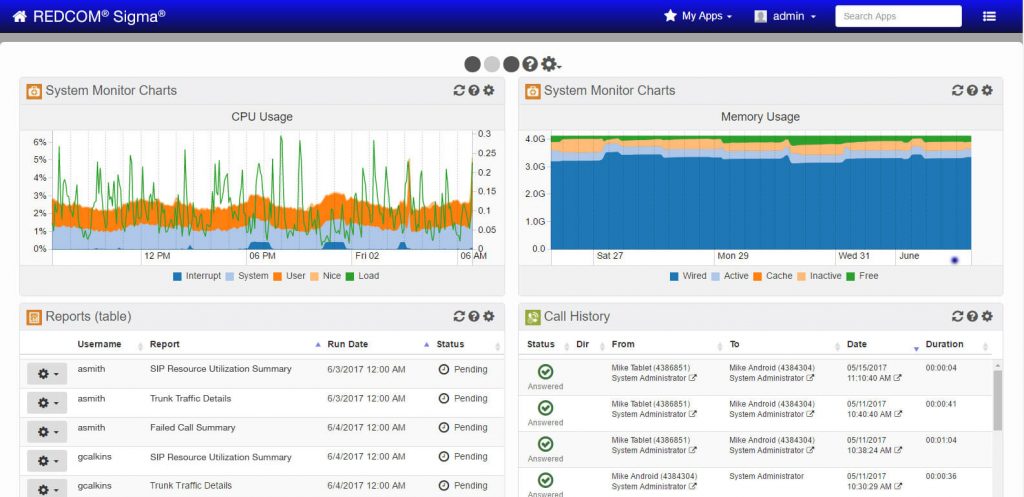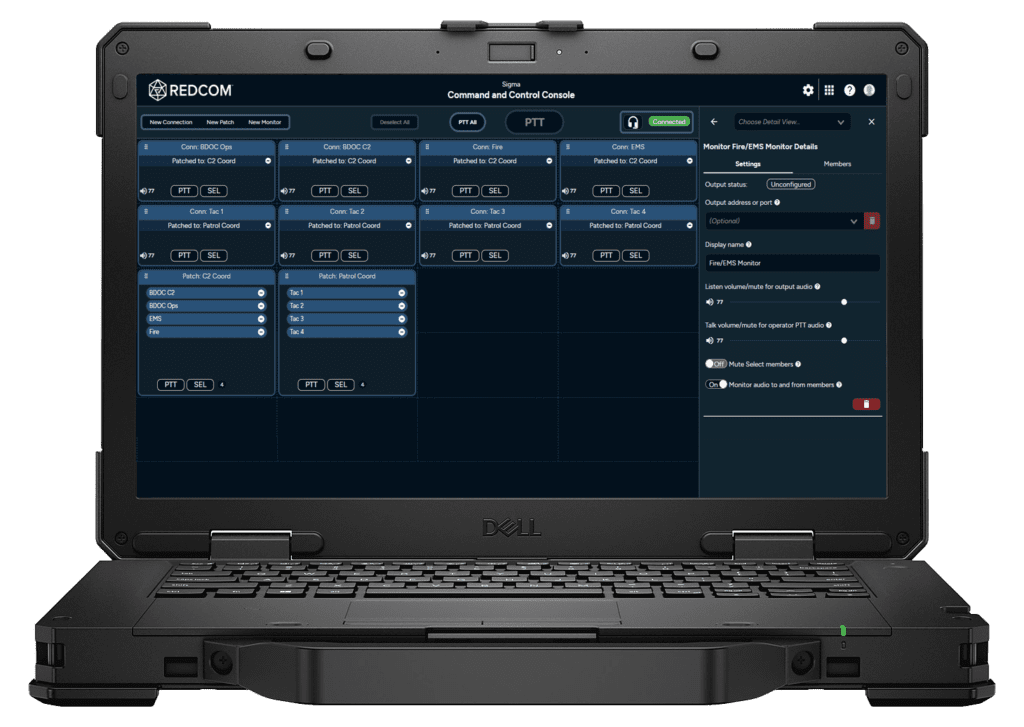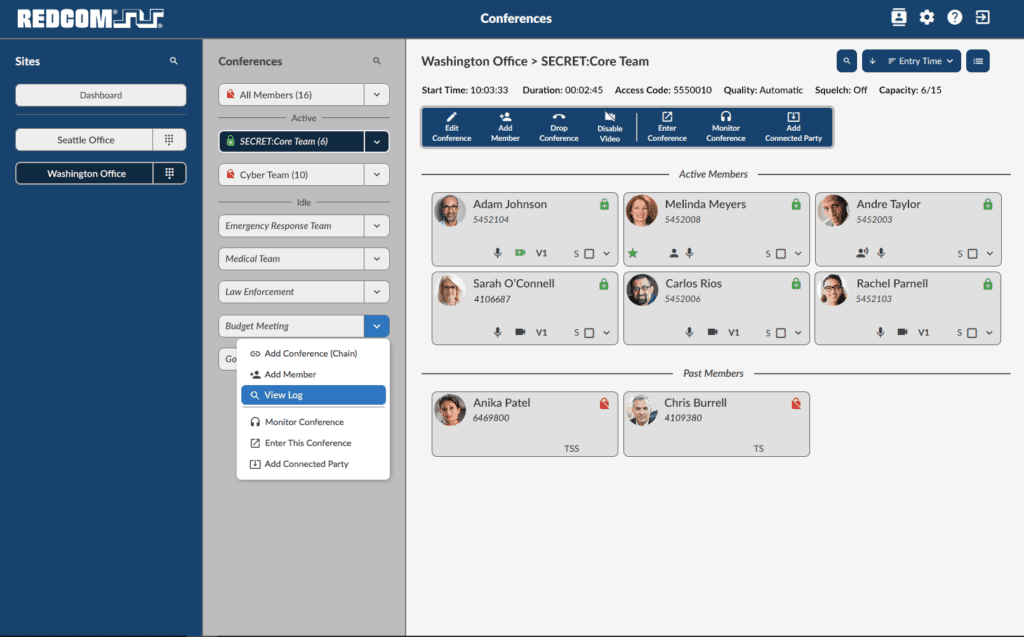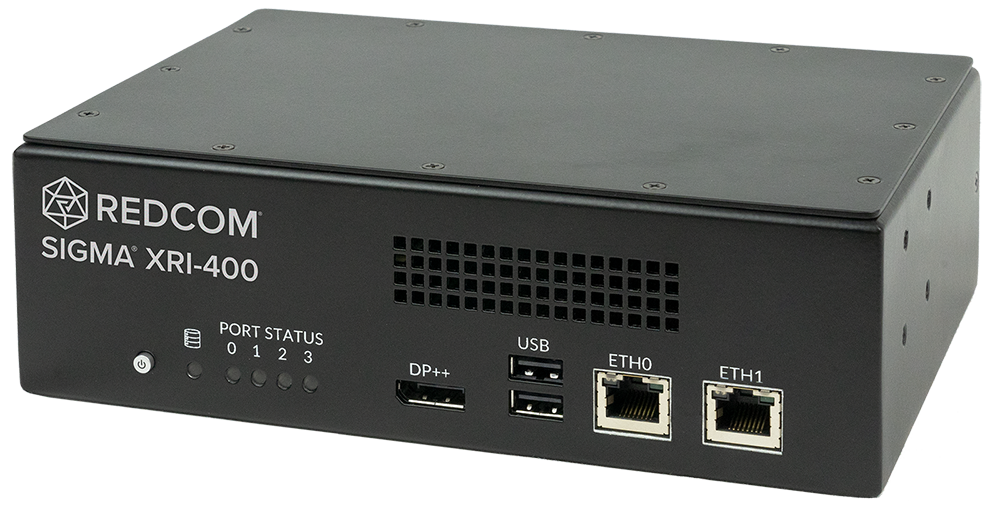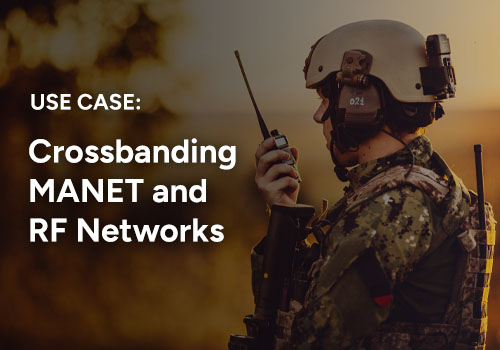REDCOM takes a holistic, multi-layer approach to security that goes beyond typical measures such as encryption and validation. Take a look at Secured Communications paper that discusses REDCOM’s stance on overall mission security, which necessitates a strong focus on encryption, resiliency, interoperability, and ease of use. Take a look at part one of our Securing the Mission Series: Technology.
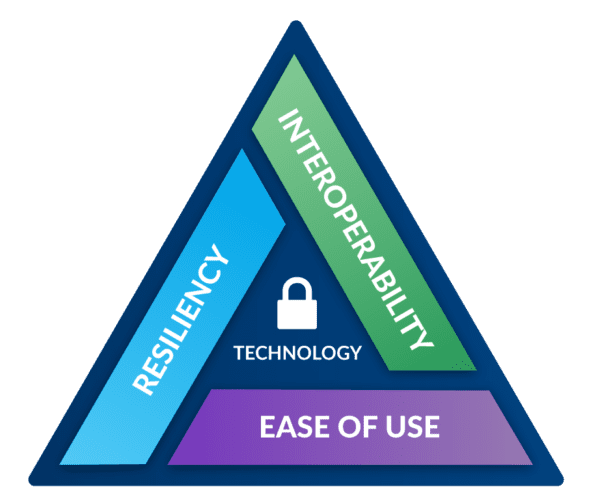
Resiliency
Resiliency refers to the ability of a system to continue operations under adverse conditions. Resiliency has always been an attractive feature of a network, but it has quickly become an essential element of mission security for warfighters at the tactical edge.
REDCOM’s integrated approach delivers mission-critical command and control functionality that offsets cybersecurity concerns while enhancing network resiliency.
REDCOM solutions are:
- Built for survivability in the field. If the IP-based network is compromised, REDCOM technology allows the sustainment of command and control functions by merely falling back to legacy networks. This level of redundancy allows for the continuity of operations in the limited, intermittent, or denied communication environments.
- Resilient to hard shut-downs. REDCOM systems do not require the operator to “save” the work before shutting down, which makes our systems resilient to hard or unexpected power-off.
- Quick to boot up. REDCOM platforms feature extremely rapid boot times. These factors make REDCOM technology ideally suited for tactical deployments and are directly aligned with the DoD’s strategy to become more agile.
- Hardened. REDCOM solutions can employ “hardened” components that meet the rigors of harsh tactical environments.
Want to know more about REDCOM’s stance on securing the mission at the tactical edge? Check out a recent webinar, hosted by REDCOM Government Account Manager, Courtney Stiles.
